Column
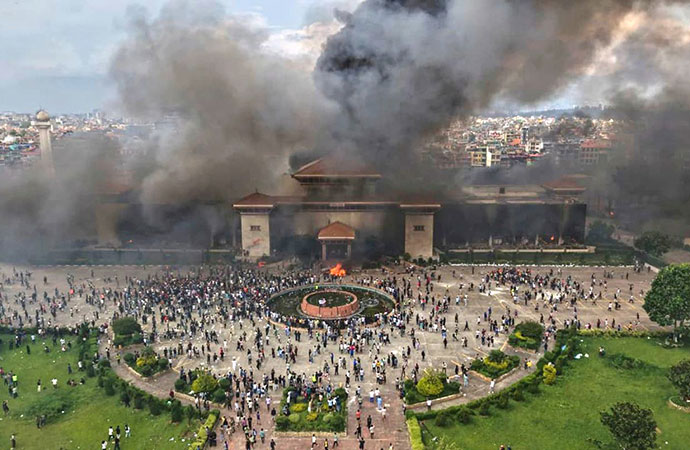
Protestors and arsonists storming Nepal’s parliament complex on 9 September 2025. Photo: AP/UNB
Anger against Nepal's political class boiled into the overthrow of the country's Communist-led government this week. Prime Minister K. P. Sharma Oli resigned after thousands of protestors stormed parliament, the president's house, the prime minister's house, the supreme court and the secretariat of the Nepalese government. The houses of Nepal's senior politicians were also attacked, including those belonging to the Nepali Congress and the Maoists. Foreign minister Arzu Rana Deuba and her husband, former Prime Minister Sher Bahadur Deuba, were both injured during the attack on their home. Businesses linked to politicians, including the Hilton hotel in Kathmandu, saw arson and vandalism. The secretariat, parliament, supreme court and president's house were lit up in flames as arsonists ransacked state buildings. The offices of Nepal's ruling Communist Party and English daily The Kathmandu Post were also set on fire.
Protests raged amid public frustration with a corrupt political elite and ineffective governance. A ban on social media was imposed in early September which triggered an explosion of public anger against the Nepalese state. Many Nepalese rely on social media platforms, including Facebook and WhatsApp, for business and income generation. Public anger was also directed at nepotism and the so-called "nepo kids" who flaunt their lavish lifestyle while most Nepalese struggle amid rising inequality. A campaign against the "nepo kid" had been raging on social media in the week before the ban. An estimated 25 people were killed in the protests which followed as an anti-corruption uprising swept away the Nepalese political elite.
The embassies of Australia, Finland, France, Japan, South Korea, the United Kingdom, the United States, Switzerland, Norway and Germany in Kathmandu issued a joint statement condoling the loss of lives and expressing support "for the universal rights of peaceful assembly and freedom of expression". The embassies urged all parties to exercise maximum restraint, avoid further escalation, and ensure that these fundamental rights are protected. Bangladesh urged its nationals in Nepal to stay indoors and keep in contact with its embassy.
Nepal's army chief issued a statement calling for calm, national unity and the preservation of historical, cultural and archaeological sites. He addressed the nation flanked by a portrait of Nepal's first king Prithvi Narayan Shah who unified the Himalayan state in the 18th century. Nepal's cabinet secretary and chiefs of police also issued similar statements. The former king Gyanendra Shah also expressed condolences for the loss of lives and described the demands of the protestors as "legitimate". Gyanendra has been the arch nemesis of Nepal's political elite.
Will the uprising mark the breakdown of the Nepalese republican constitution? The political elite has lost legitimacy in the eyes of ordinary Nepalese. The 2015 constitution has been the pride of the political elite since the overthrow of the monarchy. While the constitution achieved some degree of devolution and empowerment of local government, as well as ushered significant human rights reform like LGBTQ rights and secularism, Nepal's politicians failed in delivering stability, the rule of law and environmental protection. Nepalese politicians have also failed to leverage Nepal's strategic location at the crossroads of India and China. Kathmandu continues to host the headquarters of the paralyzed regional bloc SAARC.
There is also a crisis of national identity in Nepal. The republic has exposed ethnic fractures between different communities and aggravated tensions within Nepalese society. Corruption has been endemic in republican Nepal. The anti-corruption campaign was spurred by rising inequality, nepotism and the hypocrisy of Nepal's Maoists who waged a civil war in the 1990s. Tourism in the mountains has begun to decline due to air pollution and lack of visibility. Public infrastructure continues to be abysmal and desperately needs modernization.
The anti-corruption campaign has been driven by some far-right elements, including Hindu admirers of India's Saffron nationalists and proponents of an irredentist Greater Nepal. Whether their intensifying demands for reform is met within the republican framework remains to be seen. In March, pro-monarchy supporters held large gatherings in Kathmandu.
The military is effectively in charge of directing the administration. Some Nepalese commentators believe the uprising will herald the end of the 2015 constitution. Demands for reform include term limits, reducing the tenure of government from 5 to 4 years, and greater representation for young Nepalese in a parliament dominated by the older generation.
A neutral constitutional monarchy, modeled on the Norwegian constitution, can bring a sense of unity and balance to Nepal's divided and dysfunctional politics. The Norwegian monarchy was restored in 1910. The Constitution of Norway guarantees a proportional representative system with a four-year parliamentary government. Norway is rated high on indexes of transparency and democracy. Norway could offer an important model of reform for Nepal.
The monarchy has been central to Nepal's identity for over 240 years. Republican Nepal has clearly failed to deliver on its promises of good governance for the Nepalese people. Nepal needs to modernize its political system, its economy and its infrastructure. Nepal needs to tap into its strengths to reinforce and revive the country's standing as a sovereign nation.
Umran Chowdhury is Assistant Editor of the Dhaka Courier and a Research Associate at the Cosmos Foundation and Bay of Bengal Institute.






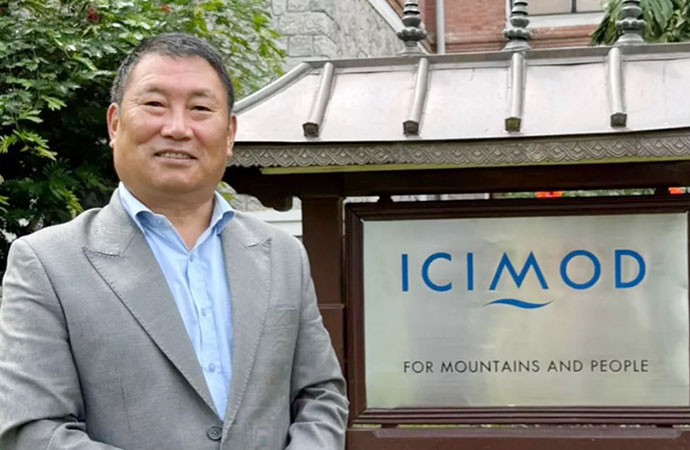
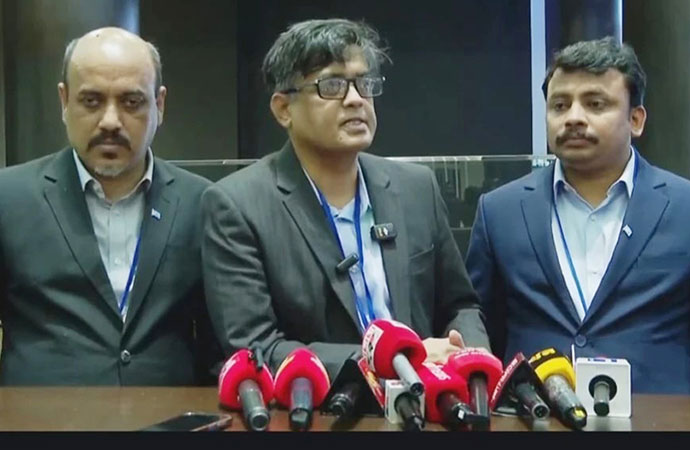
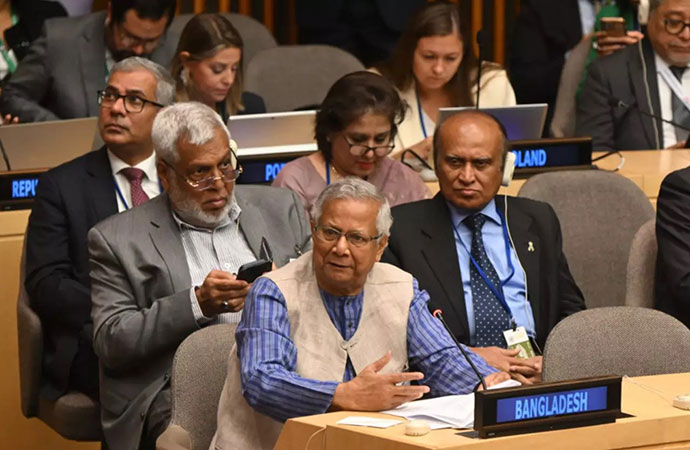
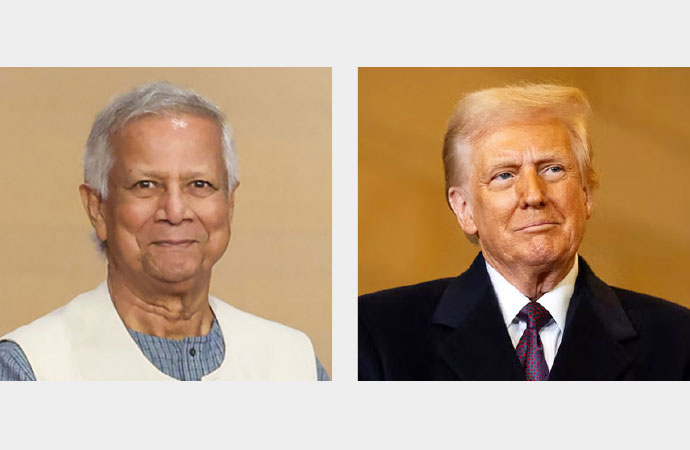
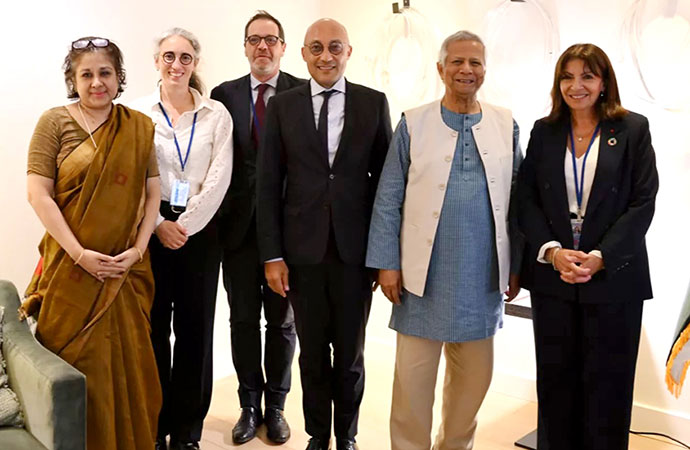
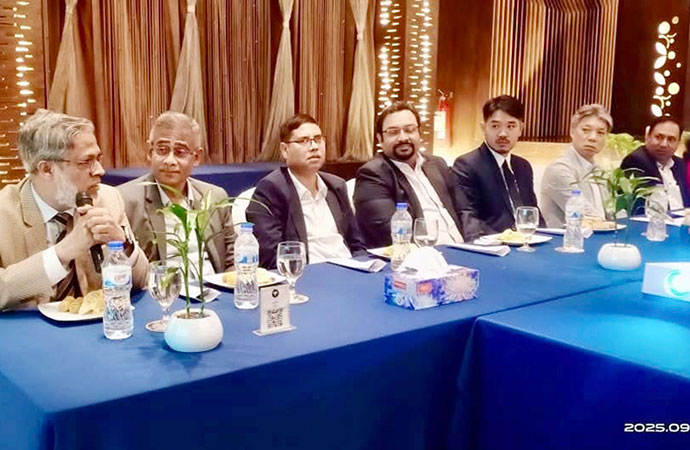
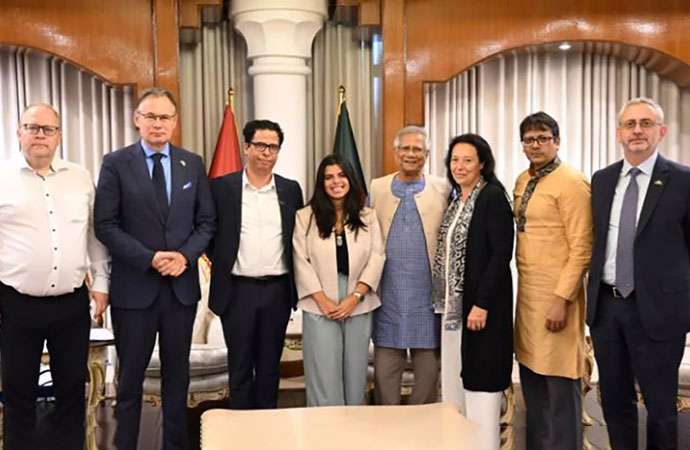

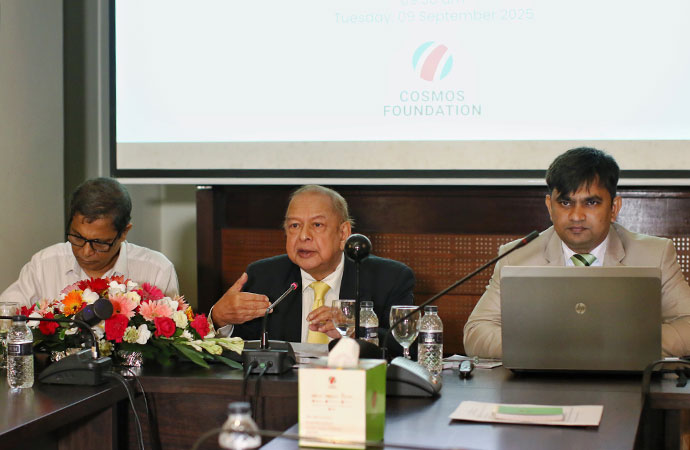

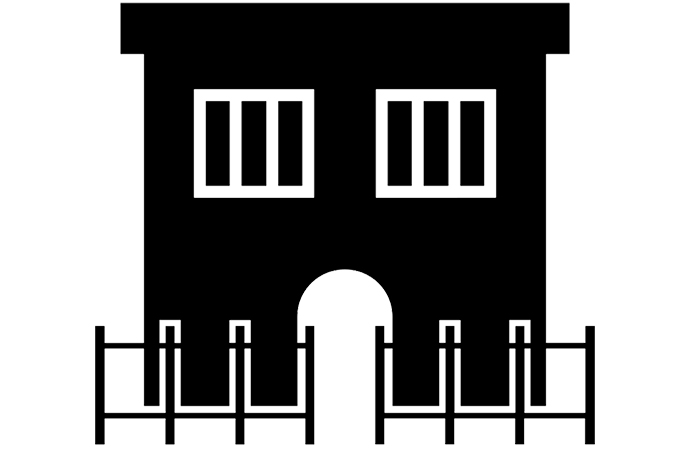
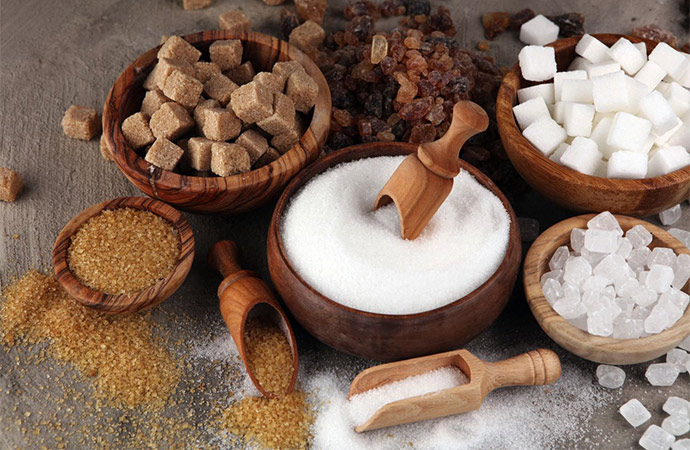
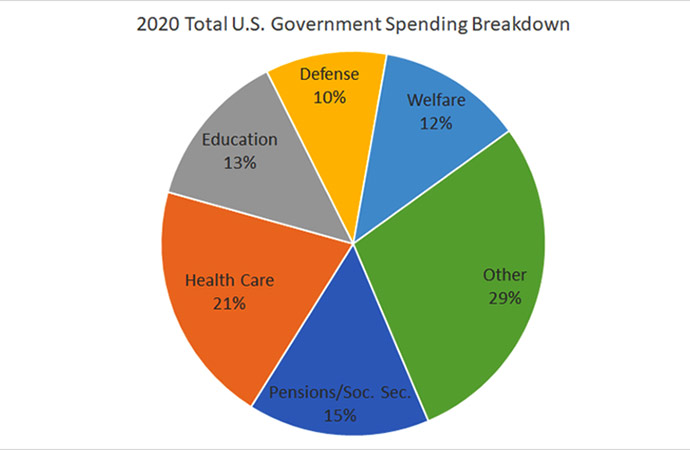
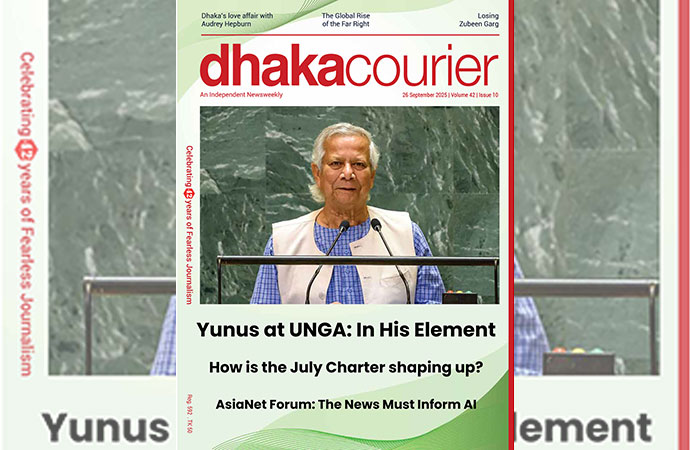
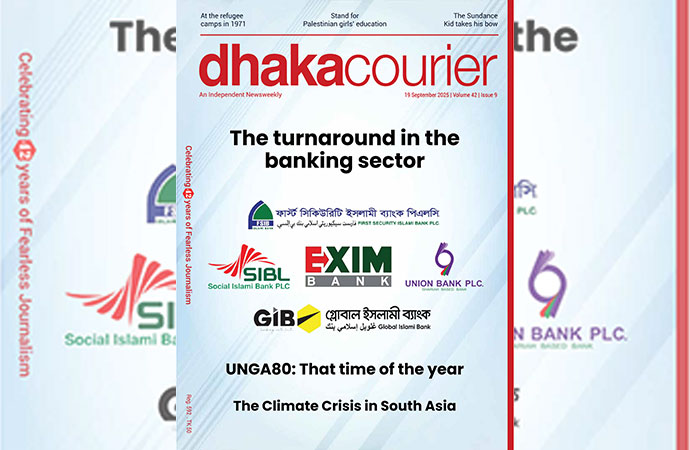
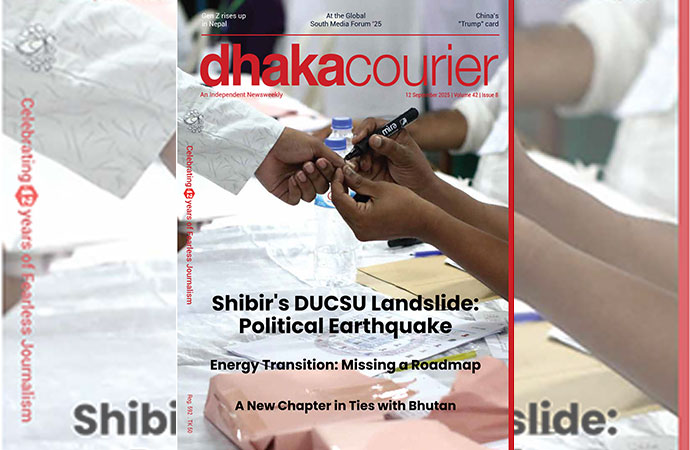
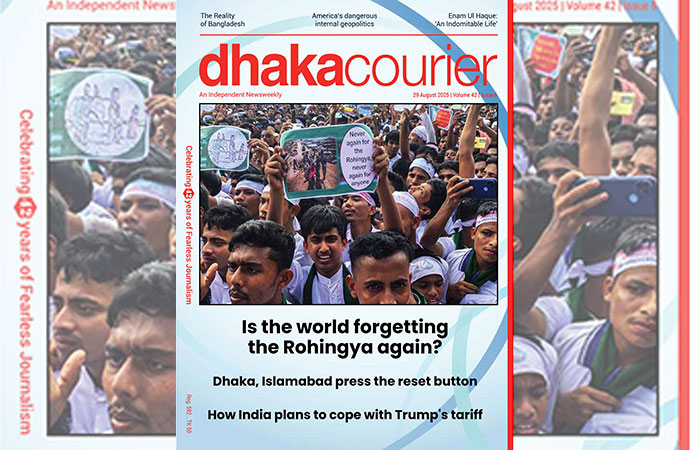
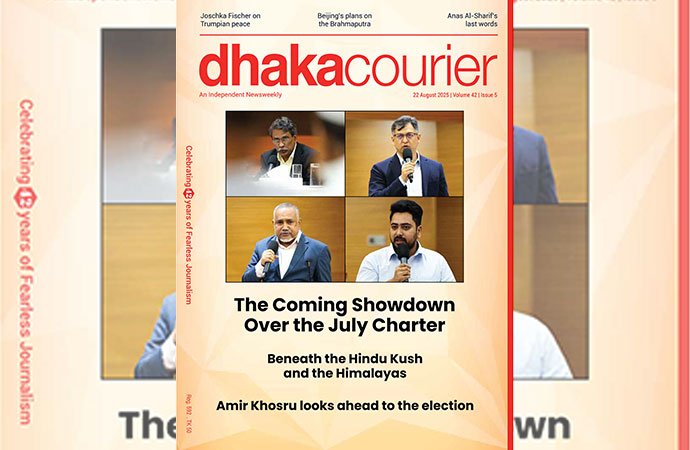
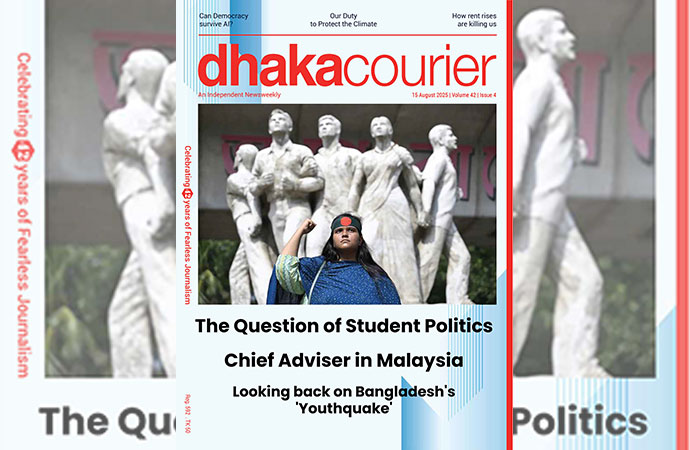
Leave a Comment
Recent Posts
Religion and Politics: A Toxic ...
At Dhaka University, cafeteria workers have been told not to wear shor ...
Enayetullah Khan joins AsiaNet ...
AsiaNet’s annual board meeting and forum was held in Singapore, ...
In a New York minute
Many leaders back a UN call to address challenges to ..
Defaulted loans at Non-Bank Financial Institutions ( ..
How the late Zubeen Garg embodied cultural affinitie ..